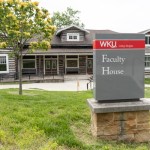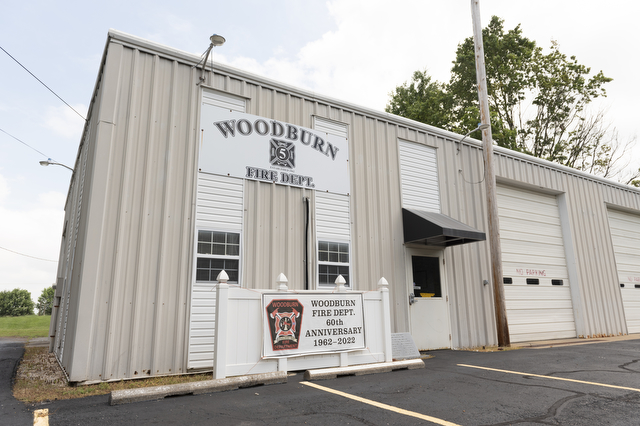WKU pauses planned demolition of Faculty House
Published 7:45 am Thursday, May 15, 2025



DAVID MAMARIL HOROWITZ
david.horowitz@bgdailynews.com
Western Kentucky University President Tim Caboni told the WKU Board of Regents he has paused the slated demolition of the campus Faculty House. The demolition was part of the controversial plans for renovating the historic Cherry Hall.
“I appreciate the fondness for the structure and its place in our university’s history,” Caboni stated. “If there are options available beyond what was proposed, I want to ensure we explore them.”
This decision, Caboni told the WKU Board of Regents, was “given the response” to the planned demolition.
An online petition opposing the plans, which were revealed May 1, collected roughly 1,000 signatures by Wednesday. The nonprofit Landmark Association of Bowling Green and Warren County, Inc., shortly after penned an open letter protesting the plans and the demolition.
Moving the house is necessary for the planned Cherry Hall renovation, according to WKU — but previously, campus professionals assessed it and recommended its demolition after finding that repairing it would be infeasible and the house could not be relocated without crumbling. Caboni’s recent letter states that he has asked WKU Planning, Design and Construction to engage an outside firm to conduct its own assessment and verify the conclusion.
“Until this assessment is complete, there is no additional information to share about the Faculty House,” WKU told the Daily News. “We do not have a timeline for the completion of this assessment at this time.”
When the Cherry Hall plans were revealed, Caboni said that the Faculty House had “well exceeded its lifespan.” Maintaining the house, which experienced an 80% decline in usage from 2017 to 2022 before staying closed for more than two years, is no longer fiscally responsible, he had said.
Caboni had added that the university would honor the house’s history in the newly renovated Cherry Hall.
The building, initially called the Senior House, was erected in 1921 out of cedar trees on the hill that were dying from blight. At the time, the campus lacked a place for students to gather informally atop the hill, former WKU historian David Lee said.
And so, it was a way to turn the blight into something positive, Lee said — and faculty and students worked to make it happen.
“I think its place in our history is, there’s a narrative around that — of faculty and student collaboration, of the campus identifying a need and using its own resources to address that need,” Lee said. “It’s a story about faculty and students wielding broad axes to shape the trees into (building-materials).
“There’s a narrative of collaboration and initiative surrounding that that we like to think is a big part of the WKU story.”
WKU alumnus Sean Jacobson, a historian who has written about Cherry Hall and advocated against the planned renovations and Faculty House demolition, implored that “any and all” alternative solutions are pursued to avoid the house’s demolition.
“… It was a collaborative effort by faculty and students in 1920 — that’s just something you would never see occur in the 21st century capital construction projects at universities,” Jacobson said. “It’s a teaching tool because it speaks to the democratic spirit and the creative problem-solving that that early generation of hilltoppers performed.”
Last weekend, Caboni confirmed to the Daily News that “renderings are never the final plans.”
“Obviously, all that feedback will make it to the planning group,” Caboni said. “Much of it is finalized, but things always change as you go through a project of this size.”









